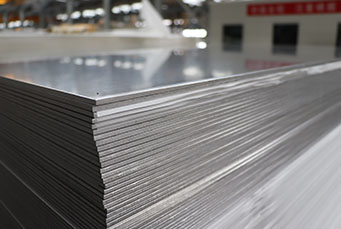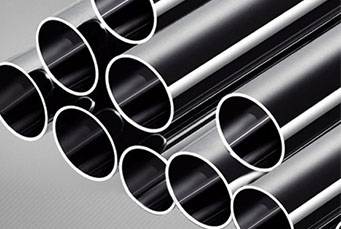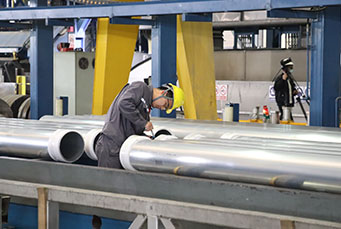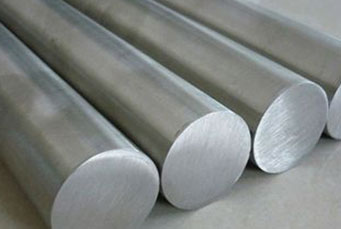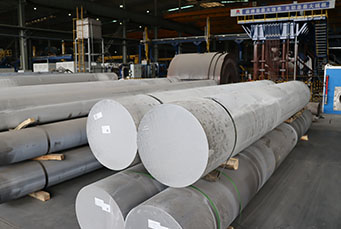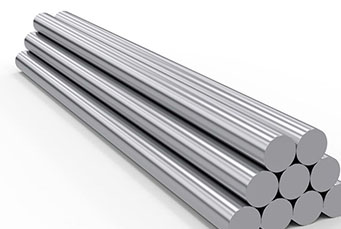Aluminum foil for lithium batteries: core performance analysis and quality standard guide
Battery aluminum foil is used as a collector for lithium-ion batteries. Generally, the lithium-ion battery industry uses rolled aluminum foil as the positive electrode collector. The thickness of rolled foil ranges from 10 to 50 microns. Commonly used pure aluminum foil for lithium batteries has various alloy grades such as 1060, 1050, 1145, 1235, and has states such as -O, H14, -H24, -H22, and -H18.
Lithium batteries usually have two appearances: cylindrical and square. The battery adopts a spiral winding structure inside, and a very fine and highly permeable polyethylene film isolation material is used to separate the positive and negative electrodes. The positive electrode includes a current collector composed of lithium cobalt oxide (or lithium nickel cobalt manganese oxide, lithium manganese oxide, lithium iron phosphate, etc.) and aluminum foil. The negative electrode consists of a current collector composed of graphitized carbon material and copper foil. The battery is filled with organic electrolyte solution, and is also equipped with a safety valve and PTC element (partial cylindrical type) to protect the battery from damage in abnormal conditions and output short circuit.
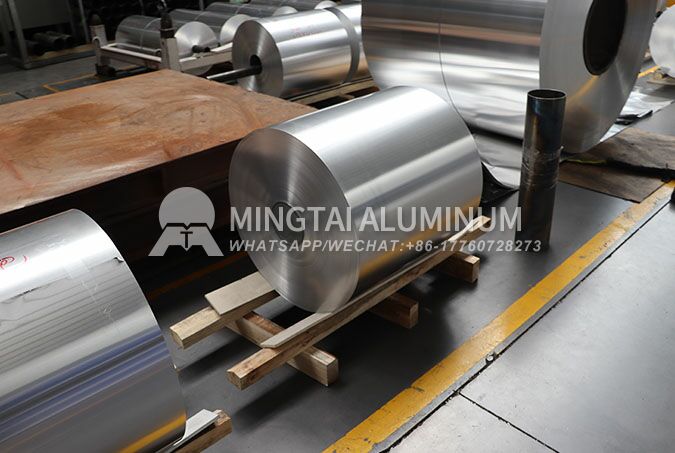
Quality requirements:
First, the surface color of the aluminum foil is uniform, clean, and the plate shape is flat, without obvious roller marks, pitting, pinholes, and corrosion marks;
Second, the surface of the aluminum foil has no rolling defects such as creases, spots, and bright lines;
Third, the surface of the aluminum foil has no color difference;
Fourth, the surface is oil-free, no serious oil odor, and no oil spots visible to the naked eye;
Fifth, the surface tension, the dyne pen test is not less than 32 dynes;
Appearance requirements:
First, the aluminum foil roll is wound with moderate tightness, the end surface is flat and clean, and the edge is smooth;
Second, the staggered layer of the aluminum foil roll shall not exceed ±1.0mm;
Third, the width of the aluminum foil roll tube core is greater than or equal to the foil width, and the length of the two ends of the tube core generally does not exceed 5mm of the foil width;
Fourth, the aluminum foil should be wound in the center of the tube core;
Fifth, the joint part has clear joint marks at both ends of the aluminum roll.


